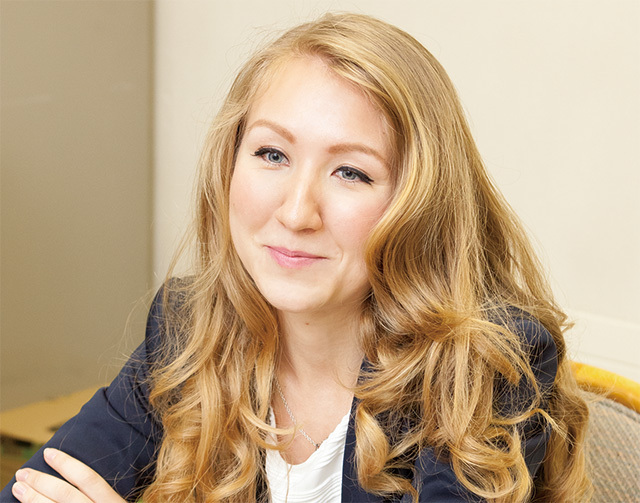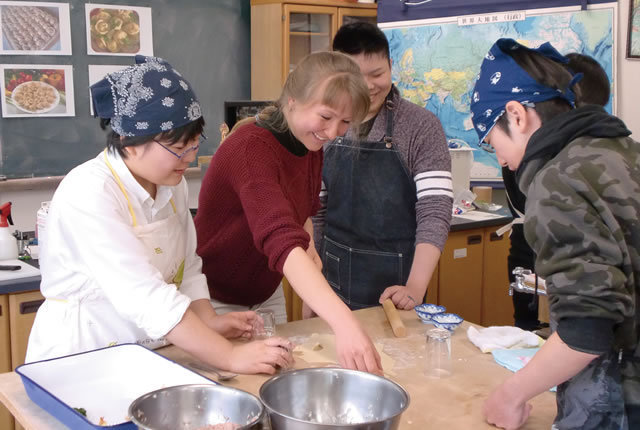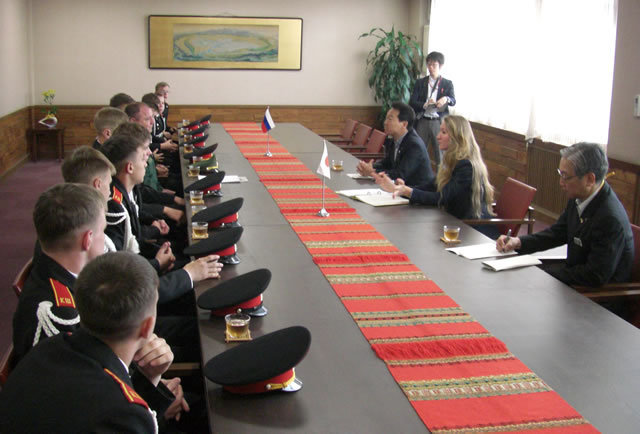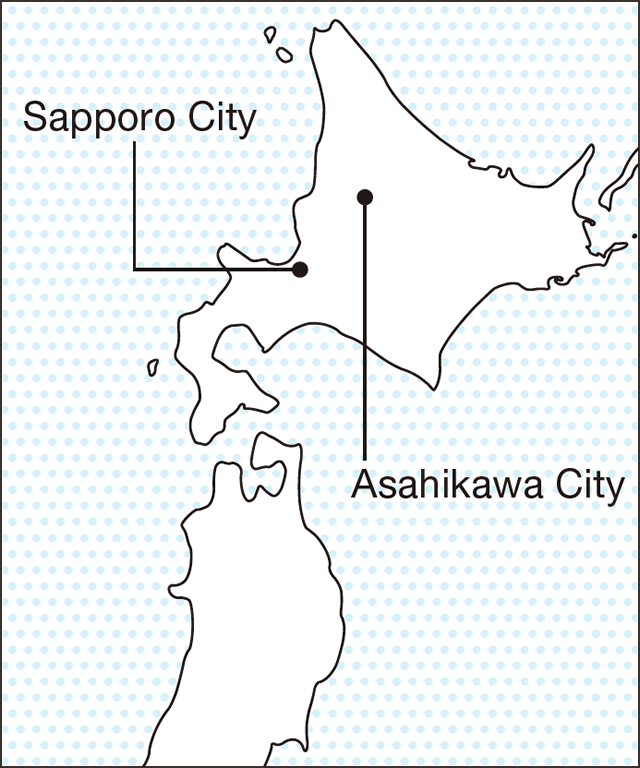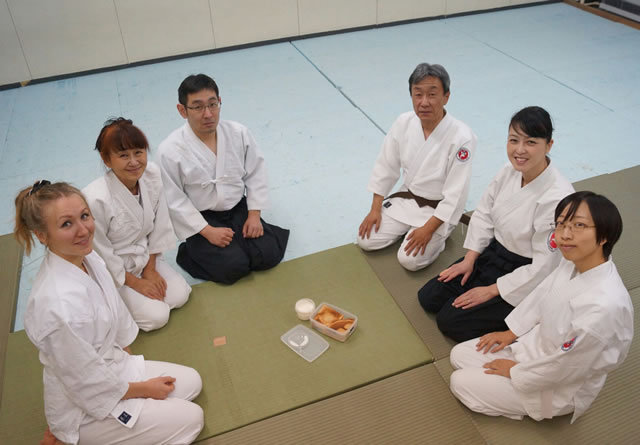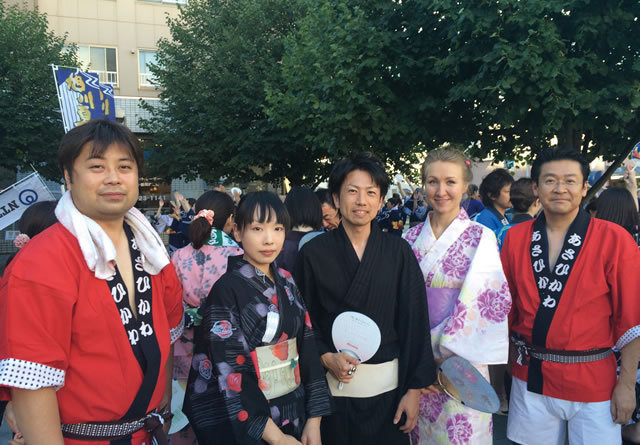Maria Semenova
Born in Udmurt Republic. Graduated from the Faculty of Foreign Languages at Herzen State Pedagogical University of Russia. She enjoys the Japanese martial art of aikido, alpine skiing and snowboarding, all of which she started after coming to Japan. Apart from Asahikawa, where she lives now, she loves Kyoto, as its ambiance and historical heritage remind her of Saint Petersburg.
Honestly, I had no interest in Japan when I elected to minor in Japanese at university. I majored in English and had to choose between German and Japanese for my second language. I was studying in Saint Petersburg, Russia, a city close to Europe, and was familiar with Western culture, so I chose Japanese to learn something new. As I started getting to know Japan, I immediately became attracted to its unique culture.
My university had a student exchange program with Kansai Gaidai University in Hirakata, Osaka. I was selected for this program and came to Japan for the first time in 2012. In addition to the language, I studied various subjects related to Japan such as globalization and Japanese art. Everything in daily life was new to me, but what impressed me most was the kindness of people. For example, when I asked directions, people went part of the way together with me to make sure I wouldn’t get lost again.
After graduating from university, I hoped to get a Japan-related job and was seeking an opportunity to work in Japan, as I really liked the country and people. Also, as I realized that most Japanese people don’t know much about Russia, I wanted a job that would let me introduce my country to them. I applied for a position as a Coordinator for International Relations (CIR) of the JET Programme and started working in Asahikawa, Hokkaido, in August 2014.
Semenova with colleagues discussing upcoming events.
Russian food is one good way to learn Russian culture.
I am working for the Economic Exchange Division of the Department of Economy and Tourism in Asahikawa City. I love every aspect of my job, even the challenges. I am fortunate to have such good colleagues with whom I can consult whenever I need. I also feel comfortable working with them, as they treat me just like another Japanese staff member, not a foreigner. My work includes translation, interpretation and any other duties related to international relations. Asahikawa has a very active economic and cultural exchange with Russia and receives many visitors. The city celebrates the 50th anniversary of its friendship city agreement with Yuzhno-Sakhalinsk this year, for which I’m working on various commemorative events. For example, I arranged for a brass band of a cadet school in Yuzhno-Sakhalinsk to participate in this year’s Hokkaido Ongaku Daikoshin (musical parade), which is held in Asahikawa every year in June. Also, I serve as a translator and a coordinator for annual events like the Northern Hokkaido product exhibition in Yuzhno-Sakhalinsk. In addition, I regularly organize seminars to introduce the lifestyle and culture of Russia. My Russian cooking class is very popular, as attendees can experience true Russian cuisine in Asahikawa, where there’s no restaurant of its kind.
On weekends and holidays, I travel around Hokkaido to learn more about the area. I also like to meet with my Japanese friends after my training in the Japanese martial art of aikido. Asahikawa is such a beautiful city. I enjoy its scenery every day, never tiring of it.
When I go back to Russia, I hope to have a job in which I can help Russian people to better understand Japan. I also want to keep introducing Russia to people in Japan. I believe Japan and Russia have so many things they can learn from each other and so many ways they can grow together. I hope I can serve as a bridge that connects the two countries.

